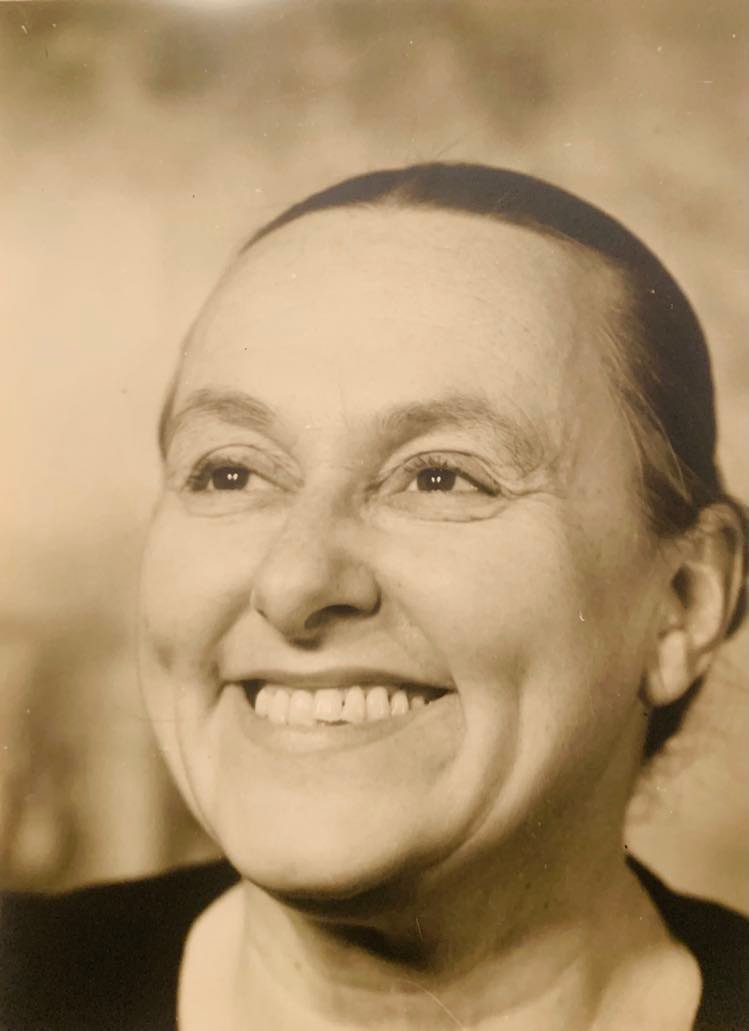
30 gennaio 2023, alle ore 15:30, in aula Seminari e tesi, ex Vetrerie Sciarra, e in remoto su google meet: meet.google.com/ntm-ehwt-yrc
30/01/2023, 15,30 pm
The years that in Italy mark the birth of theater direction, and its consequent affirmation, are impressed by the resistance of the acting method of the nineteenth-century leading actors/actresses-manager. The surprising phenomenon of “the resistance of the so named drammatica” is fed by those stage techniques which will put into relation acting with directing. In particular, the actresses, following the end of the hegemony that had characterized the early twentieth-century leading actresses-manager female, try to find effective solutions to reaffirm their supremacy even in the new historical context.
Miranda Campa (1912-1989), Ave Ninchi (1915-1997), Lilla Brignone (1913-1984) and Sarah Ferrati (1909-1982) are four actresses who represent as many different female conditions in the Italian theater panorama of the second half of the twentieth century. In this seminar, instead of reconstructing the individual biographical and artistic paths of those four actresses, investigates the symbolic, aesthetic and political value of some crucial episodes of their artistic careers. Therefore, the repertoire, the acting techniques and the relationship that our actress had with theater direction.
The resources that allow us to identify the acting techniques are the promptbooks that have belonged to the actresses, and in which are still readable the symbols of declamation marked by each actress, who making use of the traditional method of acting, named the drammatica, or dell’antica, adapted the texts for their own interpretations, giving them remarkably new meanings.
In attempt to overcome evident historiographical gaps on the four actresses it is possible to enlighten a significant analysis on the ‘history of women in theatre’ of the second half of the Italian twentieth century, to underline the contribution that women gave to the transformations and the reforms that invested drama in those years. The actresses marked on their promptbooks the meaning, sometimes hidden, sometimes explicit, of their interpretations and their beliefs, by creating a constantly artful interweaving between art and life.